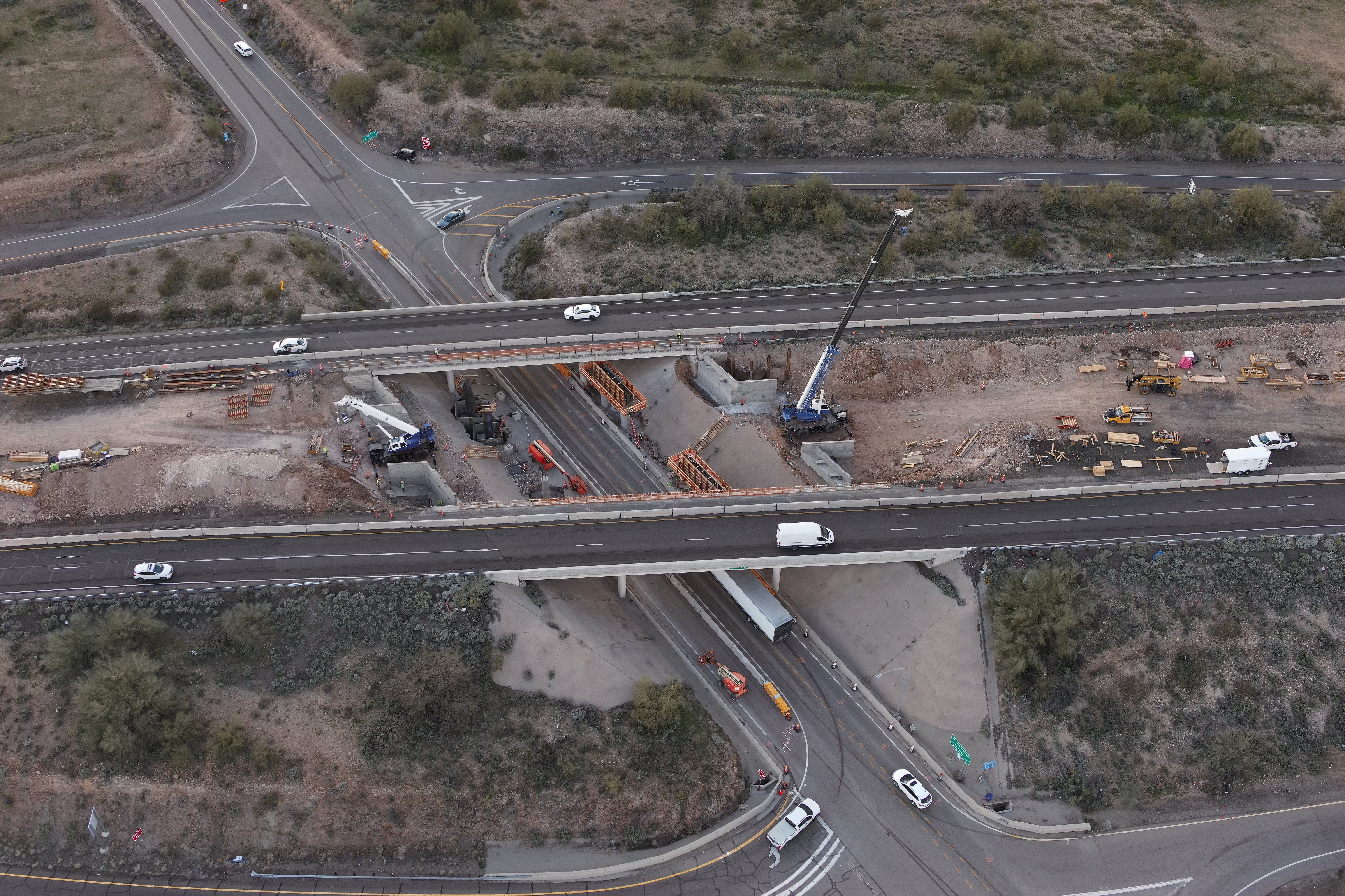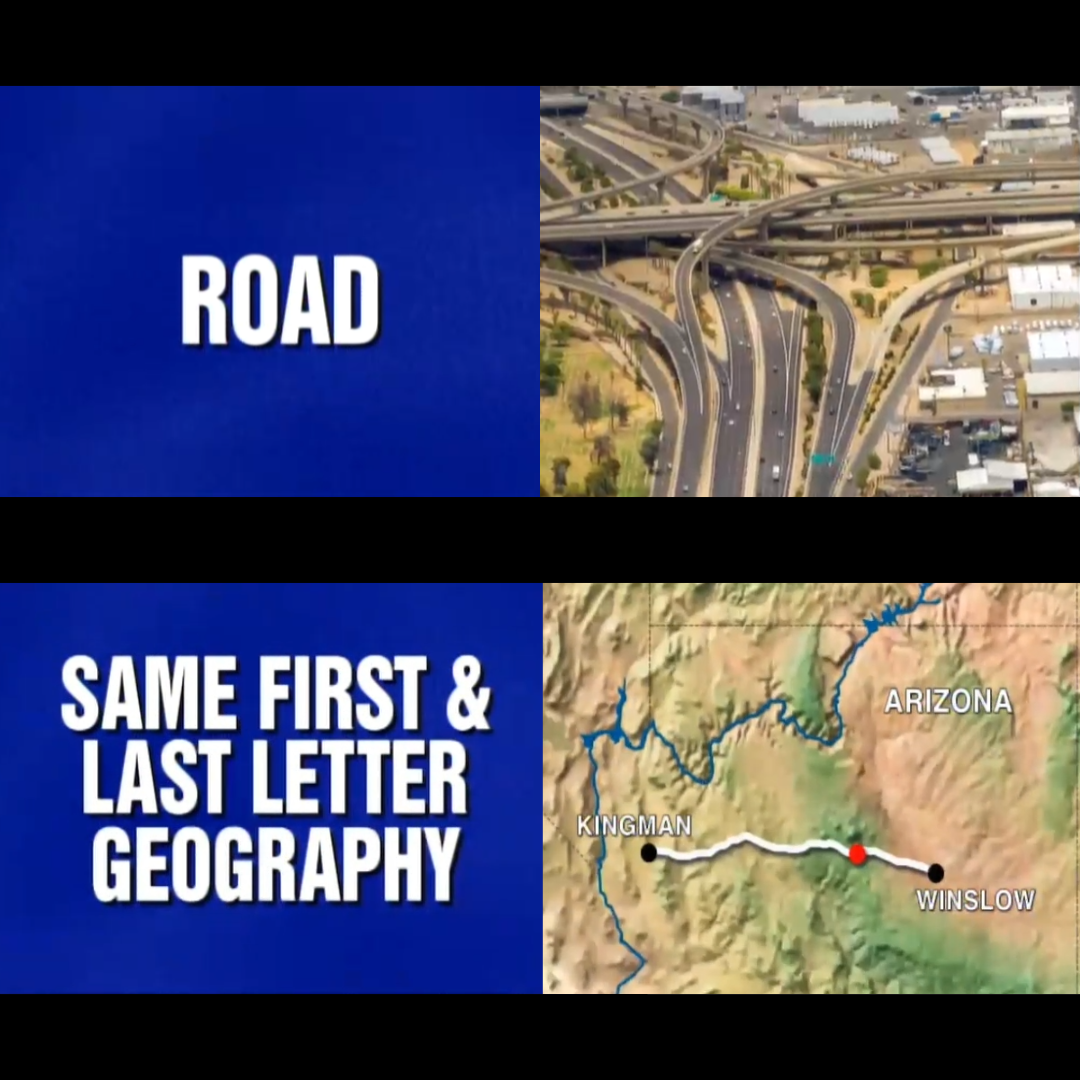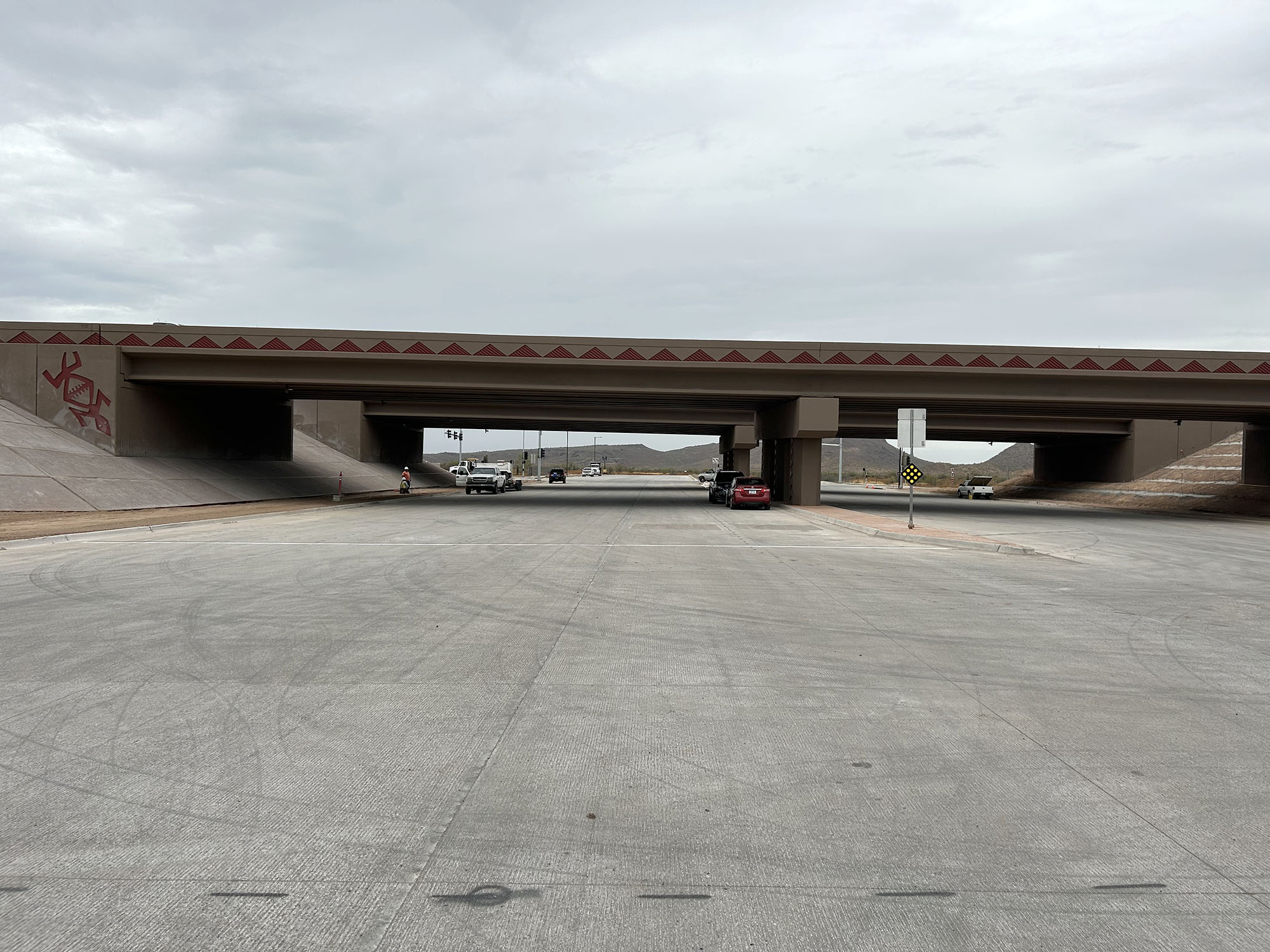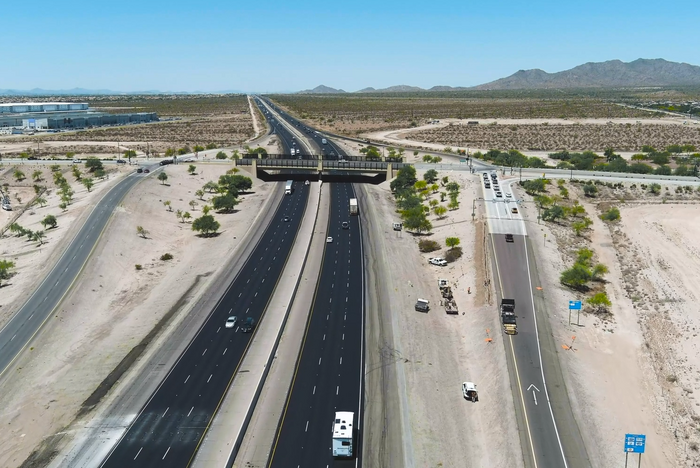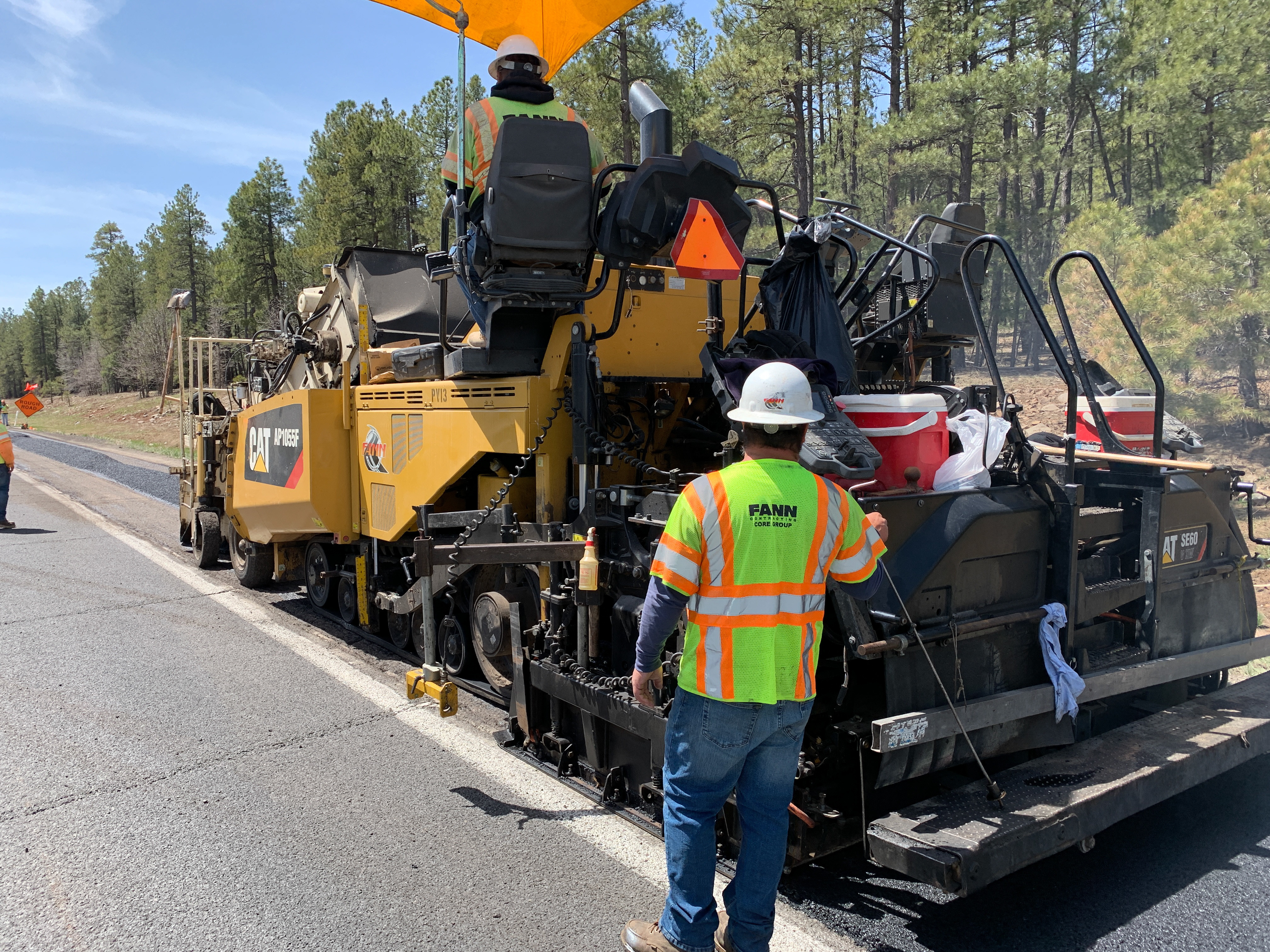Every day on Arizona’s highways and roads, the men and women who respond to vehicle crashes with the purpose of helping and assisting motorists put themselves in harm’s way.
This week, during National Crash Responder Safety Week, the Arizona Department of Transportation (ADOT), Arizona Department of Public Safety (DPS), Arizona Department of Health Services (ADHS), Maricopa Department of Transportation (MCDOT), Phoenix Fire Department, Arizona Professional Towing and Recovery Association (APTRA) and traffic safety stakeholders across Arizona and the nation are calling on the traveling public to “Protect Those Who Protect You.”
“When responders arrive at the scene of a crash and exit their vehicles to provide aid to people involved in the crash, they’re putting themselves at risk to ensure the safety of others, including other motorists,” ADOT Director Jennifer Toth said. “They deserve our respect and all of us can show that by giving them space to do their work, like moving over, slowing down and paying attention when driving near responders working in or near travel lanes.”
Not only will engaging in these actions give responders a safer place to work, they’ll keep motorists driving through the crash scene safer, too.
“While the safety of motorists is the top priority for the Arizona Department of Public Safety, the well-being of our responding DPS Troopers along the highways is also a prime concern for all of us here at the agency,” AZDPS Director Jeffrey Glover said. “When a driver is distracted, impaired or inattentive, it puts everyone at risk.”
From 2020-2022 in Arizona, at least five responders were struck and killed by vehicles. Additionally, hundreds of other collisions have resulted in injuries to DOT workers, law enforcement, firefighters, emergency medical services personnel, tow truck operators and others that respond to crashes.
In an effort to increase safety for responders, motorists will see traffic safety messages on overhead message boards that remind drivers of Arizona’s “Move Over” law.
“Move Over” requires motorists to move over one lane – or slow down if it’s not safe to change lanes – when approaching any vehicle with flashing lights pulled to the side of a road or highway. This includes passenger vehicles flashing hazard lights.
“One of the most significant hazards that our incident responders face is being hit by other vehicles passing by a crash. Whether motorists are driving on the freeway or a local road, it is critical to everyone’s safety that they observe the Move Over law,” said Jesse Gutierrez, MCDOT Director and County Engineer. “Together, we can keep motorists and our responders safe.”
Moving over one lane can save a life. On average, one tow truck operator is killed every six days in the U.S., according to national crash data.
In 2022 in Arizona, there were 119,991 vehicle collisions and crash responders placed themselves at risk of being struck-by or injured or killed while rendering assistance. The Arizona Department of Health Services is responsible for certifying Arizona’s Emergency Medical Services (EMS) providers and knows it’s up to the community to ensure their safety while they’re on the job. ADHS Director Jennie Cunico wants to remind drivers they play an important part.
“As an Arizona motorist, you can ’protect those who protect you’ by changing lanes or slowing down when you see flashing lights up ahead,” Cunico said. “Driving while distracted, impaired, and under other conditions that impact responsible driving risks the safety of everyone on the road including our highway incident responders.”
Drivers can also protect responders by practicing “quick clearance,” which is a law in Arizona. “Quick clearance” calls for a driver involved in a minor crash without injuries to remove their vehicle from the roadway if it is operable and can be moved safely. “Quick Clearance” improves safety for these groups of people (Spoiler: it’s everyone):
- Drivers and passengers involved in the non-injury collision can inspect their vehicles and exchange insurance information from the shoulder of a highway instead of dangerous travel lanes as cars whizz past.
- Professionals responding to the incident, like law enforcement and tow truck operators, can do their jobs from the safety of the shoulder, instead of travel lanes.
- With travel lanes open, the chance for a secondary collision involving other motorists is reduced.
Remember, if you are involved in a crash, the first action to take is to make sure you and the occupants in your vehicle are OK. Then, if your vehicle is operable, move to the emergency shoulder, median or exit the highway and call 911. Stay out of travel lanes, be alert and watch approaching traffic. Never leave the scene of a crash.
ADHS also recommends Arizona’s 21,000 Emergency Medical Care Technicians (EMCTs) complete a free 4-hour Traffic Incident Management (TIM) course or registering for the November 16 Virtual TIM class that teaches first responders how to reduce their risks of being struck-by and injured or killed while assisting at highway incidents.
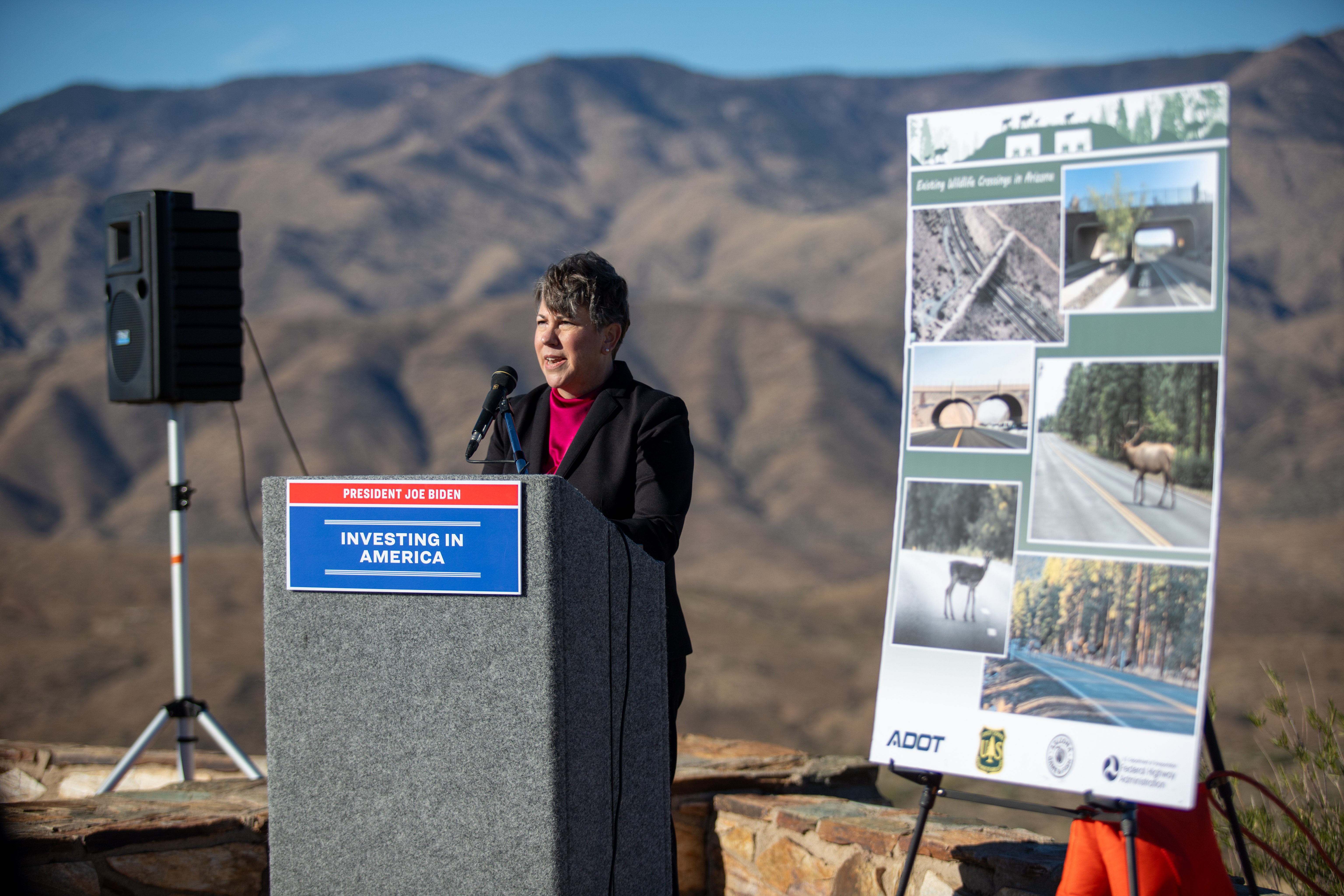
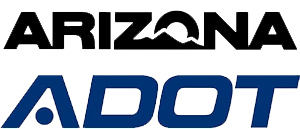

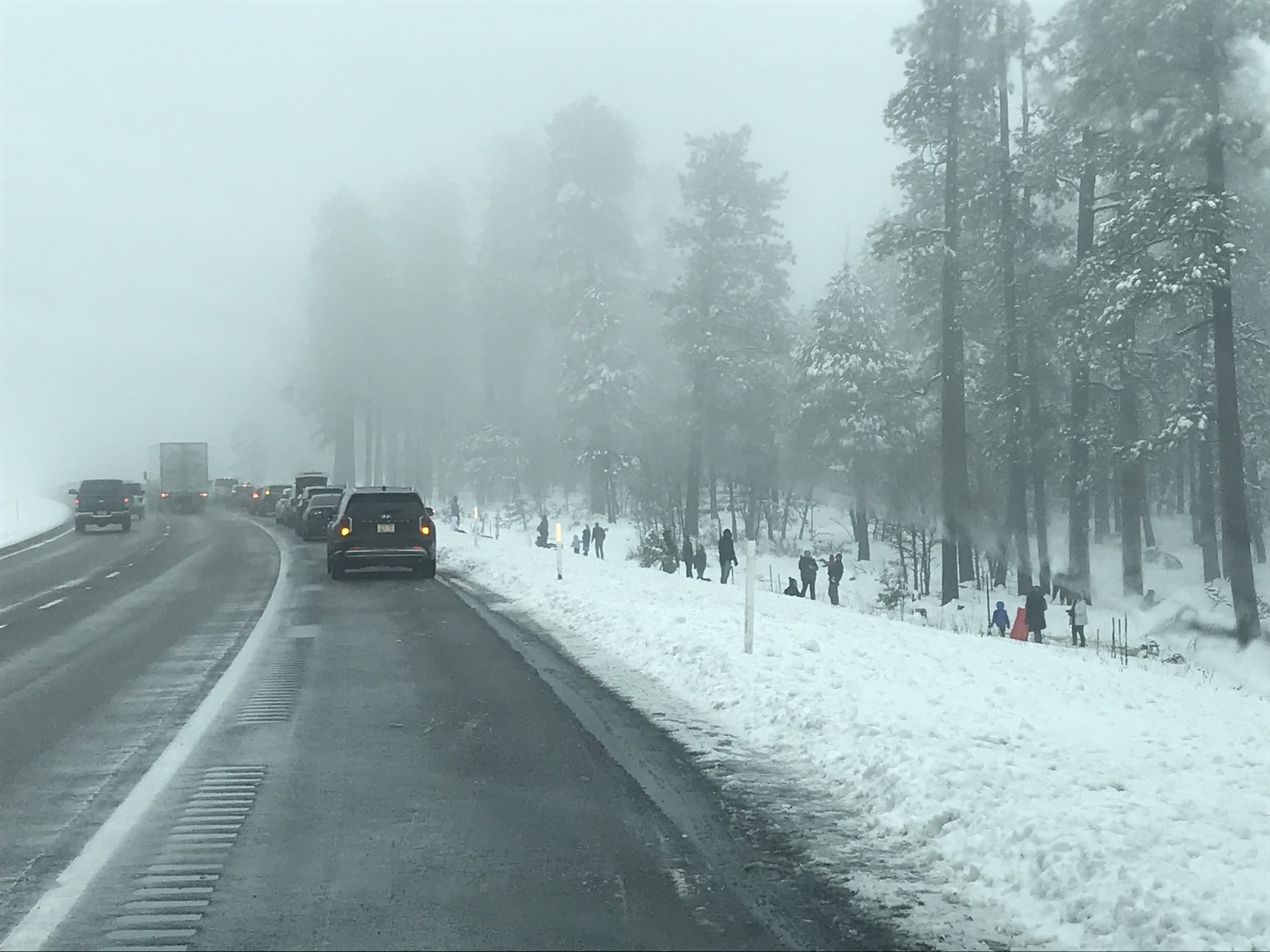
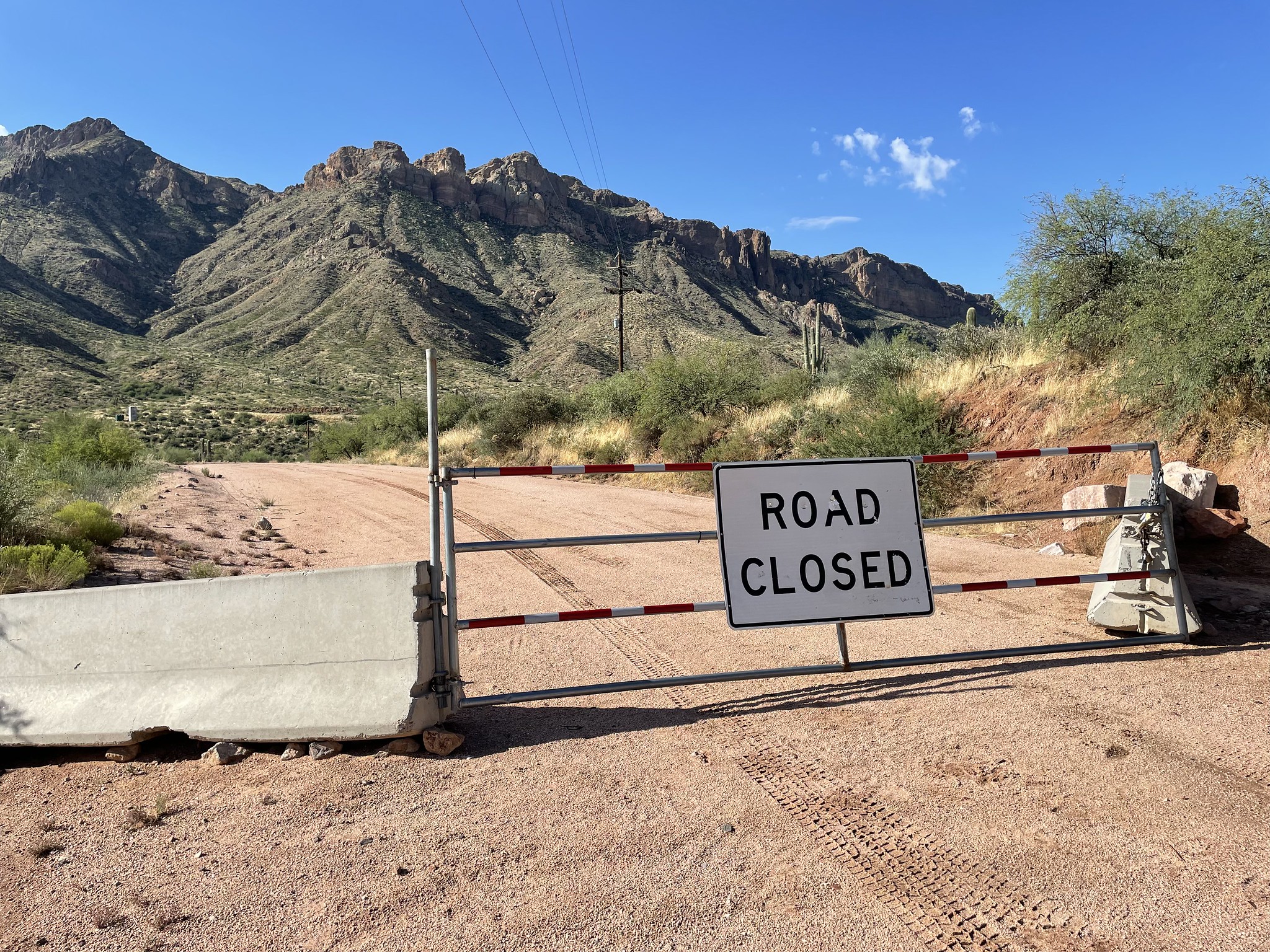
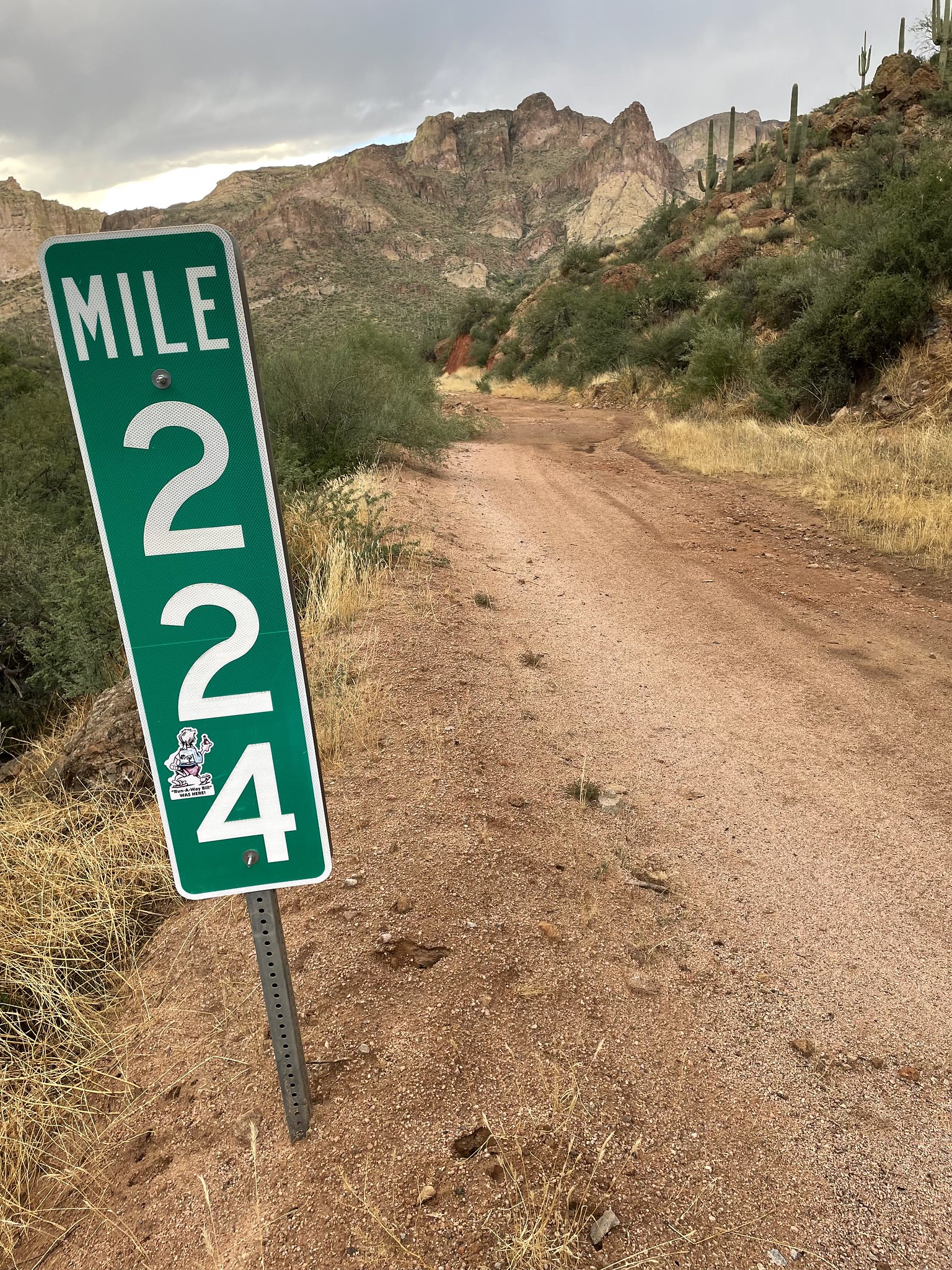 At the risk of dating myself, my earliest memory of State Route 88 (Apache Trail) is sightseeing from the back seat of my parents’ 1965 Plymouth station wagon. Dad had thoughtfully elevated my brother and me with piles of newspapers so we’d have a better view (not recommended today, along with sheet metal toys), and everyone but Dad was a tad nervous driving next to the drop-offs between Roosevelt Lake and Tortilla Flat.
At the risk of dating myself, my earliest memory of State Route 88 (Apache Trail) is sightseeing from the back seat of my parents’ 1965 Plymouth station wagon. Dad had thoughtfully elevated my brother and me with piles of newspapers so we’d have a better view (not recommended today, along with sheet metal toys), and everyone but Dad was a tad nervous driving next to the drop-offs between Roosevelt Lake and Tortilla Flat. 